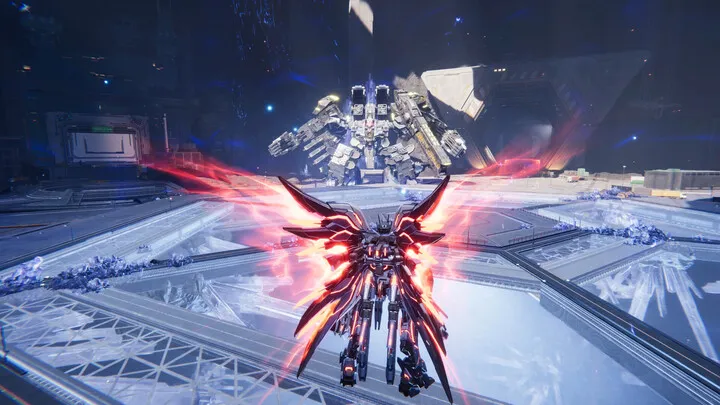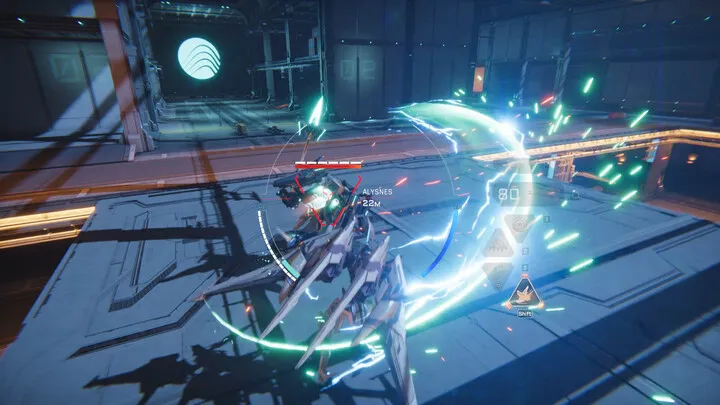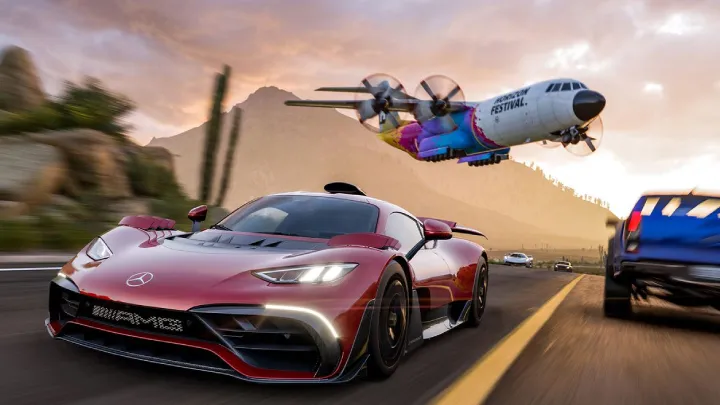Mecha Break is not your typical action game. It combines the thrill of fast-paced combat with the depth of customization, strategy, and teamwork. At its heart, the game is about piloting powerful mechs—towering war machines equipped with diverse weaponry—and using them to outmaneuver, outfight, and outsmart your opponents. But as with any game that rewards skill and strategy, success doesn’t come from raw firepower alone.
To truly excel in Mecha Break, you need to understand how to pick the right mech, optimize your loadout, position yourself in combat, and coordinate with allies. This guide covers everything from beginner fundamentals to advanced battlefield tactics, ensuring you can take on any challenge the game throws at you.
1. Mastering the Basics of Mech Combat
Before diving into customization and advanced tactics, it’s essential to build a strong foundation. Mecha Break combat revolves around three principles: mobility, firepower, and defense. Balancing these will define your playstyle.
Unlike traditional shooters, mech battles feel heavier and more deliberate. Momentum matters—you can’t instantly change direction like a soldier on foot. Learn to anticipate enemy moves and adjust your positioning ahead of time. Early mastery of the game’s movement mechanics will give you a major edge.
Avoid Button-Mashing
Many new players rely on constant attacks without planning. Instead, conserve your energy, time your dodges, and strike when the enemy exposes weaknesses.

2. Choosing the Right Mech for Your Playstyle
Mecha Break offers a wide variety of mechs, each with unique stats and abilities. Choosing the wrong one can hinder your progress, while finding the perfect match unlocks your potential.
Heavy mechs offer brute strength and durability but suffer from slower movement. Medium mechs balance versatility, while light mechs excel in speed and evasive maneuvers. Your preferred playstyle should determine your mech: are you a frontline tank, a ranged sniper, or a fast skirmisher?
Experiment Before Committing
Try different mechs in casual matches. Don’t lock yourself into one archetype until you’ve tested how each class feels in real combat.
3. Loadouts and Customization Strategies
Weapons define your mech’s role on the battlefield. From cannons and missile pods to energy blades, the right loadout can make or break your performance.
For example, long-range weapons let you harass enemies from afar but leave you vulnerable up close. Short-range builds dominate in tight encounters but require excellent positioning. The best players learn to mix weapons for flexibility, ensuring they’re never completely helpless.
Balancing Firepower and Utility
- Equip one weapon for burst damage and another for sustained fire.
- Don’t ignore support tools like shields or countermeasures.
- Upgrade weapons gradually rather than spreading resources too thin.
4. Understanding Movement and Positioning
Positioning is one of the most underrated aspects of Mecha Break. Staying in the open leaves you exposed, while smart use of cover can keep you alive even against stronger opponents.
Mobility tools like boosters and dashes are not just for dodging—they can also be used offensively to close gaps or flank enemies. Mastering verticality, such as using jump jets to control high ground, often decides the outcome of duels.
Positioning Tips
- Always fight from cover when possible.
- Use mobility bursts to reposition unpredictably.
- Control chokepoints and high ground to gain tactical advantages.
5. Team Coordination and Roles
Mecha Break shines brightest when played as a team game. Lone wolves can only achieve so much—true victories come from coordination.
Assign roles within your squad: tanks absorb damage and hold the front line, damage-dealers break enemy defenses, and support mechs provide healing or debuffs. A balanced team always outperforms a group of individuals fighting separately.
Communication is Key
Use voice chat or quick commands to call out enemy positions and request assistance. Even a few words at the right time can prevent ambushes and secure objectives.

6. Resource and Cooldown Management
Every mech has limits. Weapons overheat, shields break, and energy reserves run dry. The best pilots know how to manage these systems carefully.
Firing all weapons at once may seem powerful but risks leaving you defenseless when cooldowns overlap. Instead, stagger your attacks to maintain constant pressure while keeping something in reserve. Likewise, avoid wasting your shield or dash cooldowns unless you’re under real threat.
The Art of Patience
Resist the urge to go all-in at the start of a fight. A well-timed ability used at the critical moment often decides duels more than raw aggression.
7. Advanced Combat Tactics
Once you’ve mastered the basics, you can experiment with advanced tactics. Flanking is one of the most effective strategies in Mecha Break. By attacking from behind or the sides, you bypass enemy shields and catch them off guard.
Baiting is another useful technique—pretend to retreat, lure an enemy into overextending, then turn and strike when they are vulnerable. Timing and psychology play as big a role as raw skill.
Combo Attacks
Some mechs excel at chaining abilities together. For instance, stunning an enemy with an EMP before unloading heavy fire guarantees maximum damage. Learn your mech’s combos and practice until they become second nature.
8. Progression and Upgrades
Progression in Mecha Break isn’t just about winning matches—it’s about upgrading your mech and unlocking new abilities. Invest resources wisely, focusing on areas that fit your playstyle.
Avoid spreading upgrades across multiple mechs early on. Instead, specialize in one until it’s strong enough for competitive play, then branch out. This ensures you’re always battle-ready rather than stuck with underdeveloped machines.
Smart Upgrade Tips
- Prioritize core systems like armor and weapons first.
- Don’t neglect mobility—speed can save you more than extra firepower.
- Save rare resources for high-tier upgrades.

9. Learning from Defeat
Losses in Mecha Break are not failures—they are lessons. Each defeat reveals weaknesses in your playstyle or strategy. Did you overextend without support? Did you ignore positioning? Did you waste abilities too early?
By analyzing your losses, you can correct mistakes and improve steadily. Record your matches if possible, and study them to identify patterns. Even professional players grow stronger by reflecting on what went wrong.
10. Staying Ahead with Updates and the Community
Mecha Break is a living game, constantly evolving through patches, new mechs, and balance changes. Staying informed about updates keeps you from falling behind.
Engage with the community through forums, guides, or discussion groups. Many players share valuable strategies, meta insights, and build recommendations. Adapting quickly to new changes ensures you remain competitive.
Never Stop Experimenting
Don’t be afraid to step outside the current meta. Creative builds and unconventional tactics often catch opponents off guard and can lead to surprising victories.
Conclusion
Mecha Break is more than giant robots firing missiles—it’s a game of strategy, resource management, teamwork, and adaptability. By mastering fundamentals, tailoring your mech to your playstyle, coordinating with allies, and continuously learning, you can rise from a rookie pilot to a feared commander on the battlefield. Remember, victory comes not just from strength, but from smart decision-making and unity.

















